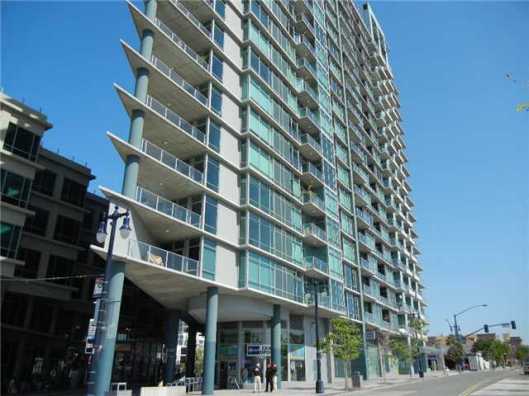According to the lenders The Housing Affordability Index rose to a record high of 205.9 in the first quarter of 2012, breaking the 200 mark for the first time since recordkeeping began in 1970.
From the National Assocaiation of Realtors a household earning the median family income of just under $61,000 could afford a home costing $325,500 in the first quarter. That’s remarkable purchasing power when you consider that the median cost of an existing home nationwide is $158,100!!
All of this makes it a great time to buy!
Currently, the median monthly mortgage principal and interest payment for a median-priced home would take only 13.5% of gross income.
Commenting on the report, NAR’s president Moe Veissi said, “We’ve never seen better housing affordability conditions or market opportunities than we see at present.”
Housing affordability is based on a combination of factors, including the median home price, median family income and the average mortgage interest rate. A composite Housing Affordability Index of 100 is defined as the point where a median-income family household has exactly enough income to qualify for the purchase of a median-priced existing single-family home, assuming a down payment of 20% and 25% of gross income devoted to mortgage principal and interest payments.
Also, conditions for first-time homebuyers have never been better. A companion index measuring the ability of first-time homebuyers to purchase a home rose to a record high of 135.8 in the first quarter. The index is configured differently for first-time homebuyers: an income of 65% median ($39,632), a starter home of 85% median ($134,400), and a down payment of 10%.
According to NAR, first-time homebuyers could afford a home costing $182,500, an amount well above the overall median-price home.
For the year, the Housing Affordability Index is projected to set a record high average of 191. Share this good news with any potential buyers you have. For more information about the favorable home-buying environment as well as record low interest rates, call me today.
Reply Forward
Click here to Reply or Forward
3.0% No Closing Cost RefiAds – Why this ad?No Closing Cost APR Refi. Quote As Seen on CNN News. Call Today!
GreenlightLoans.com/866.557.6024
512
5% full
Using 557 MB of your 10,264 MB ©2012 Google – Terms & Privacy Last account activity: 3 minutes ago
DetailsLynn Schuler
lynn.schuler@prospectmtg.com
Show details
Ads – Why these ads?
2.3% Mortgage Refinance
No Hidden Fees. No SSN req. Calculate New Payment! 2.9%APR
Refinance.RiteQuote.com
128
New Refi Program – 2.65%
No Closing Costs, No Hidden Fees Lenders Compete, You Save!
Refinance.ShowRates.com
128
See HARP Mortgage Rates
Rates Hit New Lows at 2.5%(2.9%APR) FHA Cuts Refi Requirement Again!
http://www.HARP.LowerMyBills.com
512
VA Refinance Mortgage
3.5% (3.99%APR). No Appraisal. Our new customers saved $157/month
http://www.freedommortgage.com
512
HUD Homes – $10,000
Buy a HUD Home at huge 50% savings. Pay $1 to get listings in your area
http://www.HUDforeclosed.com
128
Jumbo Home Loans
Rates from 2.75% 2.8%APR. A+ BBB, Up to $10 mil Direct Lender
http://www.JumboMortgageCenter.com
128
2.3% Jumbo Mortgage Rates
Experts on Home Loans over $300k Direct Lender, Loans to $10,000,000
http://www.Rate1st.com/InstantQuote
128
OHSA/OH&S Safety Manuals
OSHA OH&S & State Compliant. Now Offering Free Consultations!
http://www.safetyservicescompany.com
128
More about…
Home Loan Mortgage Calculator »
Interest Only Mortgage »
Low Income Housing »
Mortgage Payment Calculator »
5% fullUsing 557 MB of your 10,264 MB ©2012 Google – Terms & Privacy Last account activity: 3 minutes agoDetailsYou have 3 new messages.Let people know what you’re up to, or share links to photos, videos, and web pages.

